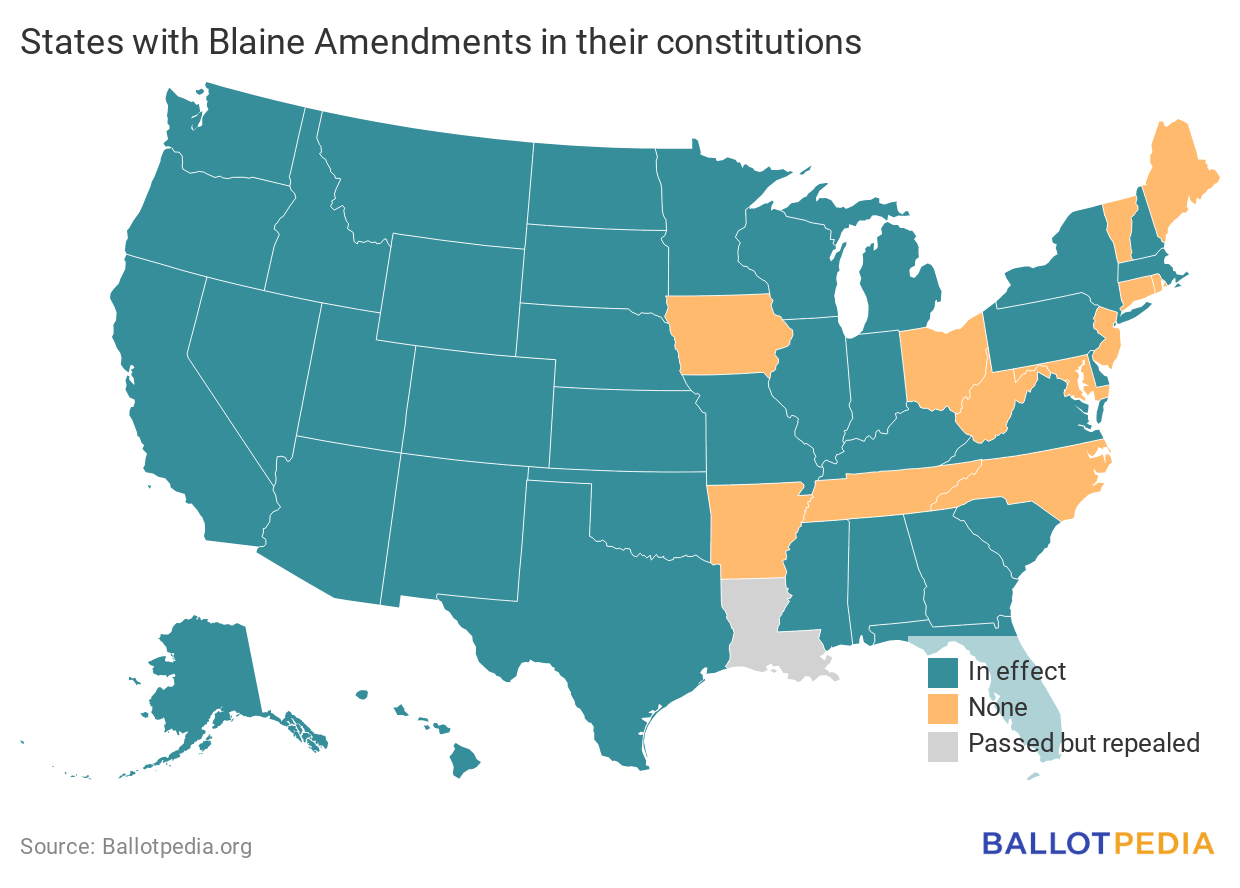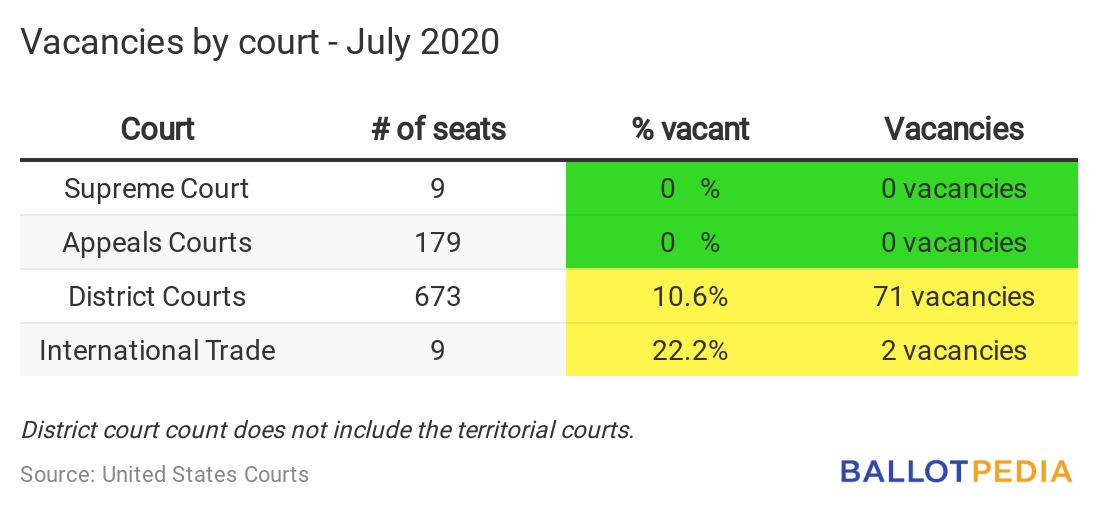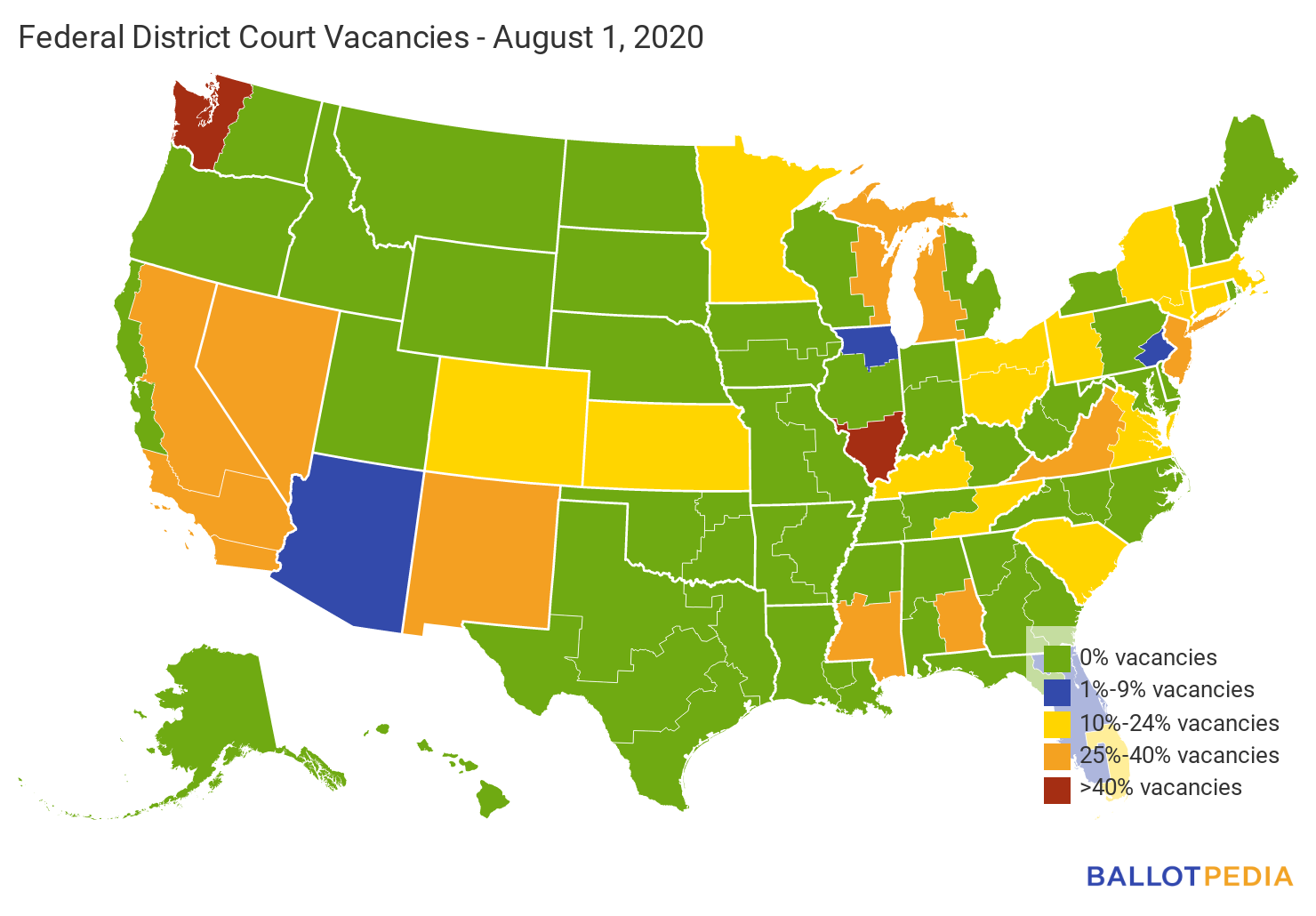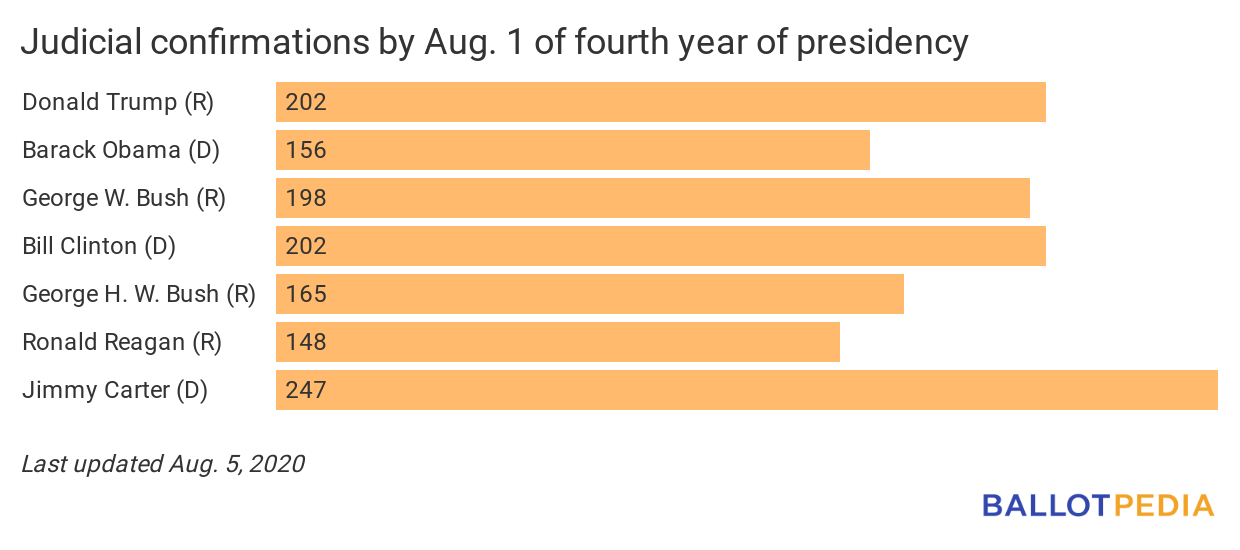
Welcome to the August 10 edition of Bold Justice, Ballotpedia’s newsletter about the Supreme Court of the United States (SCOTUS) and other judicial happenings around the U.S. Need to keep up on your federal court news during the dog days of summer? Follow us on Twitter or subscribe to the Daily Brew for all the latest information. |
||||||||
In this edition, we’re taking a closer look at Espinoza v. Montana Department of Revenue, which the U.S. Supreme Court decided on June 30, 2020. The case concerned whether the government can exclude religious institutions from student-aid programs.
BackgroundA 2015 Montana law established a tax credit scholarship program that matched—up to $150 a year—taxpayer donations to organizations that issued scholarships for private school students. To ensure compliance with the Montana Constitution, the state Department of Revenue established Rule 1, which barred recipients from using the scholarships at religiously-affiliated private schools. The plaintiffs, three mothers whose children attended religious-affiliated private schools, challenged Rule 1. The Montana 11th Judicial District ruled in favor of the plaintiffs, prohibiting the rule’s enforcement. On appeal, the Montana Supreme Court reversed the lower court, holding the law violated Article X, Section 6 of the state constitution. In a 5-4 opinion, the U.S. Supreme Court held Article X, Section 6 violated the Free Exercise clause. Writing for the majority, Chief Justice Roberts said: “A state need not subsidize private education…but once a state decides to do so, it cannot disqualify some private schools solely because they are religious.” Blaine Amendments in state constitutionsArticle X, Section 6 of the Montana Constitution is known as Montana’s Blaine Amendment. Blaine Amendments refer to provisions in state constitutions that bar public funds from going to religiously-affiliated schools. Montana adopted a Blaine Amendment when it became a state in 1889. Article X, Section 6 was incorporated in the state’s 1972 constitution. U.S. Rep. James G. Blaine of Maine proposed the first Blaine Amendment on December 14, 1875, in reaction to efforts by religious groups, mainly the Catholic Church, to establish parochial schools with public funding. The amendment passed in the U.S. House of Representatives but did not receive the necessary two-thirds vote in the U.S. Senate. Blaine Amendments were added to the constitutions of 38 states. Louisiana voters repealed their state’s Blaine Amendment in 1974, leaving 37 states with Blaine Amendments in their constitutions as of 2020. Click here for more information on Blaine Amendments in state constitutions.
Media coverage and commentary
Click here for more information on media coverage and commentary of Espinoza. |
||||||||
 The Federal Vacancy Count tracks vacancies, nominations, and confirmations to all United States Article III federal courts in a one-month period. This month’s edition includes nominations, confirmations, and vacancies from July 2 to August 3. The Federal Vacancy Count tracks vacancies, nominations, and confirmations to all United States Article III federal courts in a one-month period. This month’s edition includes nominations, confirmations, and vacancies from July 2 to August 3.
Highlights
Vacancy count for August 3, 2020A breakdown of the vacancies at each level can be found in the table below. For a more detailed look at the vacancies on the federal courts, click here.
*Though the United States territorial courts are named as district courts, they are not Article III courts. They are created in accordance with the power granted under Article IV of the U.S. Constitution. Click here for more information. New vacanciesTwo judges have left active status, creating Article III life-term judicial vacancies, since the previous vacancy count. As Article III judicial positions, the president must make a nomination to fill the vacancy. Nominations are subject to confirmation on the advice and consent of the U.S. Senate.
U.S. District Court vacanciesThe following map displays U.S. District Court vacancies as of August 1.
New nominationsPresident Trump has not announced any new nominations since the previous report. The president has announced 262 Article III judicial nominations since taking office January 20, 2017. The president named 69 judicial nominees in 2017, 92 in 2018, and 77 in 2019. For more information on the president’s judicial nominees, click here. New confirmationsBetween July 2 and August 3, the Senate confirmed two of the president’s nominees to Article III courts.
Between January 2017 and August 3, 2020, the Senate confirmed 202 of President Trump’s judicial nominees—145 district court judges, 53 appeals court judges, two Court of International Trade judges, and two Supreme Court justices. Trump is tied with President Bill Clinton (D) for the second-most Article III judicial appointments through August 1 of his fourth year of all presidencies since Jimmy Carter (D). The Senate confirmed 247 of Carter’s federal judicial appointees at this point in his presidency.
The average number of confirmed presidential judicial appointees through August 1 of the fourth year in office is 188. The median number of U.S. Court of Appeals appointees is 35. Carter appointed the most with 54, while Reagan appointed the least with 27. Trump’s 53 appointments make up 29.6% of the total 179 judgeships across the courts of appeal. Need a daily fix of judicial nomination, confirmation, and vacancy information? Click here for continuing updates on the status of all federal judicial nominees. Or, if you prefer, we also maintain a list of individuals the president has nominated. |
||||||||
 We’ll be back September 14 with a new edition of Bold Justice. |
||||||||
Bold Justice: Taking a look at Espinoza v. Montana Department of Revenue
By





